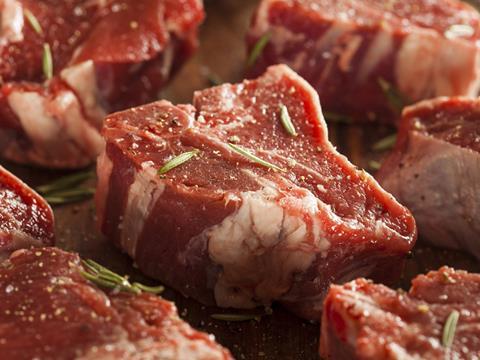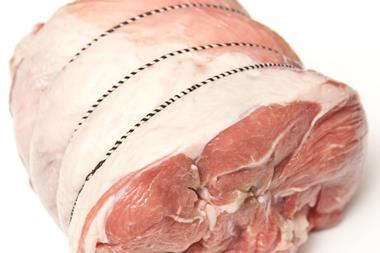
Global meat prices are set to climb down from the record levels experienced in 2014, though they will remain above pre-recession levels for quite some time, experts have predicted.
The OECD-FAO Agricultural Outlook for 2015-2024 said global prices had reached new highs in 2014, with constrained production struggling to keep up with rocketing consumption.
It said prices would trend downwards over the next decade, though they were likely to remain above pre-2007 levels.
The meat sector, which had been operating under an environment of “particularly high and volatile feed costs for most of the past decade”, would enjoy restored profitability as a result of falling feed costs, the report said. Cereals production is set to increase 14% by 2024 compared with 2014, while oilseed production is due to increase 1.6% per annum.
This will help drive a 17% increase in meat production by by 2024 - with poultrymeat due to account for half of the meat produced globally.
Global annual meat consumption per capita is expected to reach 35.5kg retail weight equivalent by 2024, an increase of 1.6kg compared with the base period (2012-14). The majority of this increase will consist of poultry, with pigmeat and beef consumption set to remain stable.
Meanwhile, the main drivers affecting world fish prices - income and population growth, limited increases in fish catch, high meat prices and high feed prices - would continue to keep prices high in the near future, said the report.
But it added prices would then gradually start declining as production increased over the coming 10 years. Fish production is expected to increase by 19% by 2024 - with growth expected to be driven primarily by aquaculture, which is set to surpass total fisheries output by 2023.



















No comments yet